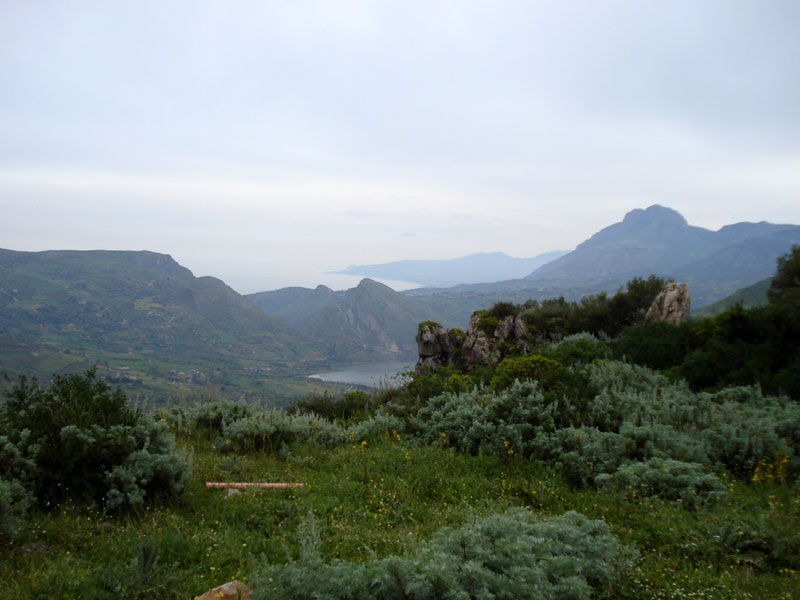Riserva Naturale Orientata Pizzo Cane, Pizzo Trigna e Grotta Mazzamuto
Protected Area
Identity Card
- Land Surface Area: 4'643.74 ha
- Regions: Sicilia
- Provinces: Palermo
- Municipalities: Altavilla Milicia, Baucina, Caccamo, Casteldaccia, Trabia, Ventimiglia di Sicilia
- Establishment Measures: DA 83/44 18/04/2000
- PA Official List: EUAP1115
Riserva Naturale Orientata Pizzo Cane, Pizzo Trigna e Grotta Mazzamuto
This mountain massif consists not only of calcareous rocks deriving from the sedimentation of animal shells and skeletons in the seabed of the very ancient sea of the Mesozoic era, but also of siliceous walls organized in parallel thin plates mixed with loose elements (schists) originating from the slow but constant deposit throughout the centuries of shells of microorganisms (diatoms and radiolarians) and of siliceous sponges on the seabed. Not only: in Pizzo Cane, inside the limestone, there are intrusions by volcanic rocks which sometimes outcrop.
Further information (Italian text)
Flora
The natural woodlands are represented by relict stretches consisting of Ilex Tree, Cork Oak, and deciduous oaks mixed with Manna Ash, Field Maple, and more rarely, by Montpelier Maple. In this Mediterranean wood, the undergrowth houses Rosaceae bushes typical of the Mediterranean maquis: the Almond-leaved Pear and the Evergreen Rose. There are also the Hawthorn, the Rock Rose, the Thorny Broom, and the Hairybroom (a shrub looking like the broom).
Further information (Italian text)
Fauna
The rocky habitat is the realm of the Peregrine, a great bird hunter, but also of the Golden Eagle. In the past, these walls housed the nests of the Egyptian Vulture, a small migratory bird of prey also called "Pasqualino", because its first arrivals in Sicily take place during the Easter period. The occasional presence of the Egyptian Vulture, a bone cleaner thanks to its thin and specialized beak, is a clue of the decay of the alimentary chain, a problem which is widespread in Italy.
Further information (Italian text)







